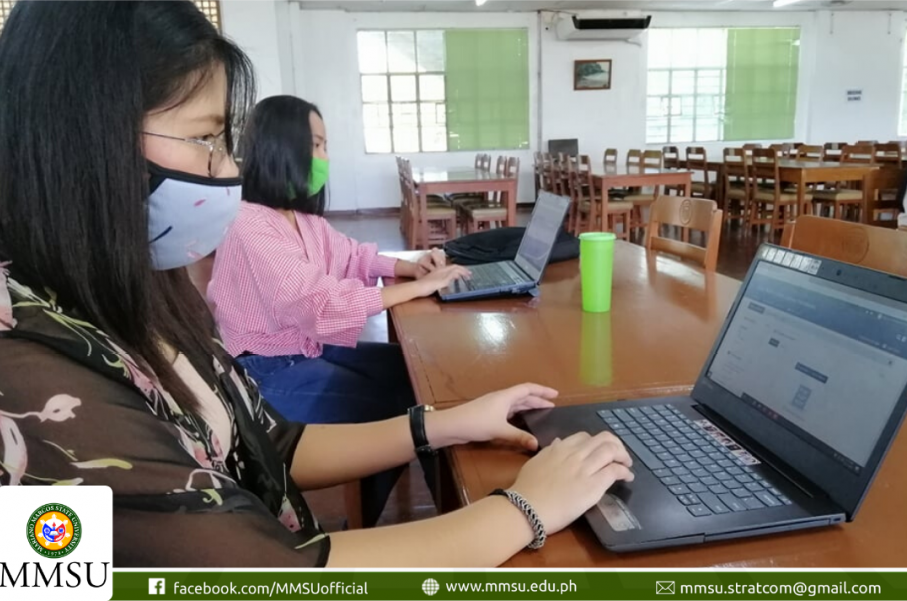Organization
Mariano Marcos State University
Best Practice Focus Area/s
Strategy; Measurement, Analysis, and Knowledge Management
Year Implemented
2013
This is a GBPR entry
Summary
The Mariano Marcos State University Virtual Learning Environment (MVLE) aims to develop and innovate the university’s delivery of instructions to the students and introduce a new pedagogic model for learning and interaction with faculty and students. The Mariano Marcos State University developed MVLE as an institutional online learning management that allows the teachers to deliver online teaching and the students to acquire knowledge through online learning. Learner tools included in the MVLE are communication, productivity, and student involvement tools. Support tools consist of administrative, course delivery, and content development tools.
Background and Problem
The Mariano Marcos State University (MMSU) is a comprehensive institution of higher learning in the Ilocos region. Classroom discussion is the norm; thus, the learning setup at MMSU is mostly face-to-face. However, traditional classroom setup has been observed as insufficient for teachers to deliver their lessons, especially when classes are suspended due to holidays, school activities, calamities, and other interruptions. Therefore, some faculty members use the Internet to extend the classroom setting. Blogs, personal websites, chat, and email are some tools that faculty members use to address the student’s needs.

Solution and Impact
Surveys were initially conducted on the undergraduate faculty and students of the Batac campus, and respondents were randomly chosen through a stratified random sampling technique. The faculty population in each college was based on the list of faculties provided by the Human Resource and Management Office. Also, the Registrar’s office prepared the population of students in each college based on the enrolment reports.
Personal interviews through questionnaires and data analysis were conducted to determine the e-Readiness status of MMSU ICT in terms of its ICT infrastructure. The ICT infrastructure assessment rubric by Mokhtar, et al. (2007) was utilized. The researcher adopted the self-evaluation rubric developed by Mankato (Minnesota) Public Schools. This tool was designed to help staff understand their current skills level with computer technologies. The self-evaluation rubric considers 13 areas: Basic Computer Operation, File Management, Word Processing, Spreadsheet Use, Database Use, Graphics Use, Internet Use, Telecommunications Use (E-Mail), Ethical Use Understanding, Information Searching, Video Production, Presentation Skills, and Technology Integration. The VLE functional requirement assessment tool designed by JISC Infonet (n.d.) was used to understand the VLE needs of both the students and faculty. A series of comparative studies were made using the currently available free software and open source VLEs. Below is the list of comparative studies that were undertaken:
- Comparison between the VLE products based on functions
- Comparison between the VLE products based on features and capabilities
- Assessment of the requirements for the VLE for MMSU.
The design of VLE was based on different inputs and results of the assessment undertaken in this study. This includes assessing MMSU ICT e-Readiness regarding its existing ICT infrastructure and users’ ICT profile and reviewing the VLE functional requirements, components, features and capabilities, and open-source platforms. VLE will be a fantastic tool for learning, and it will also make content and learning materials readily available at home. Creating and managing VLE in the school environment can be challenging. First, the administrators, teachers, and students should understand that this will affect how they work, teach, and learn. It is also important to realize that implementation will take some time.
The overall assessment of the faculty ICT profile was marked intermediate. The MMSU faculty’s ICT profile status is inadequate to engage them in VLE. This implies that faculty members still have room to improve their ICT skills. The MMSU’s ICT readiness status is moderate. This means the University can implement VLE to support online learning.
Milestones/Next Steps
The university has continued to upgrade and sustain MVLE since its implementation in 2013. Its importance was highlighted during the COVID 19 pandemic as it was proven helpful in online teaching and learning delivery. MMSU continues to utilize the MVLE tool, and intensive training on its use should be given importance in light of the transition to a purely online mode of delivering education.
